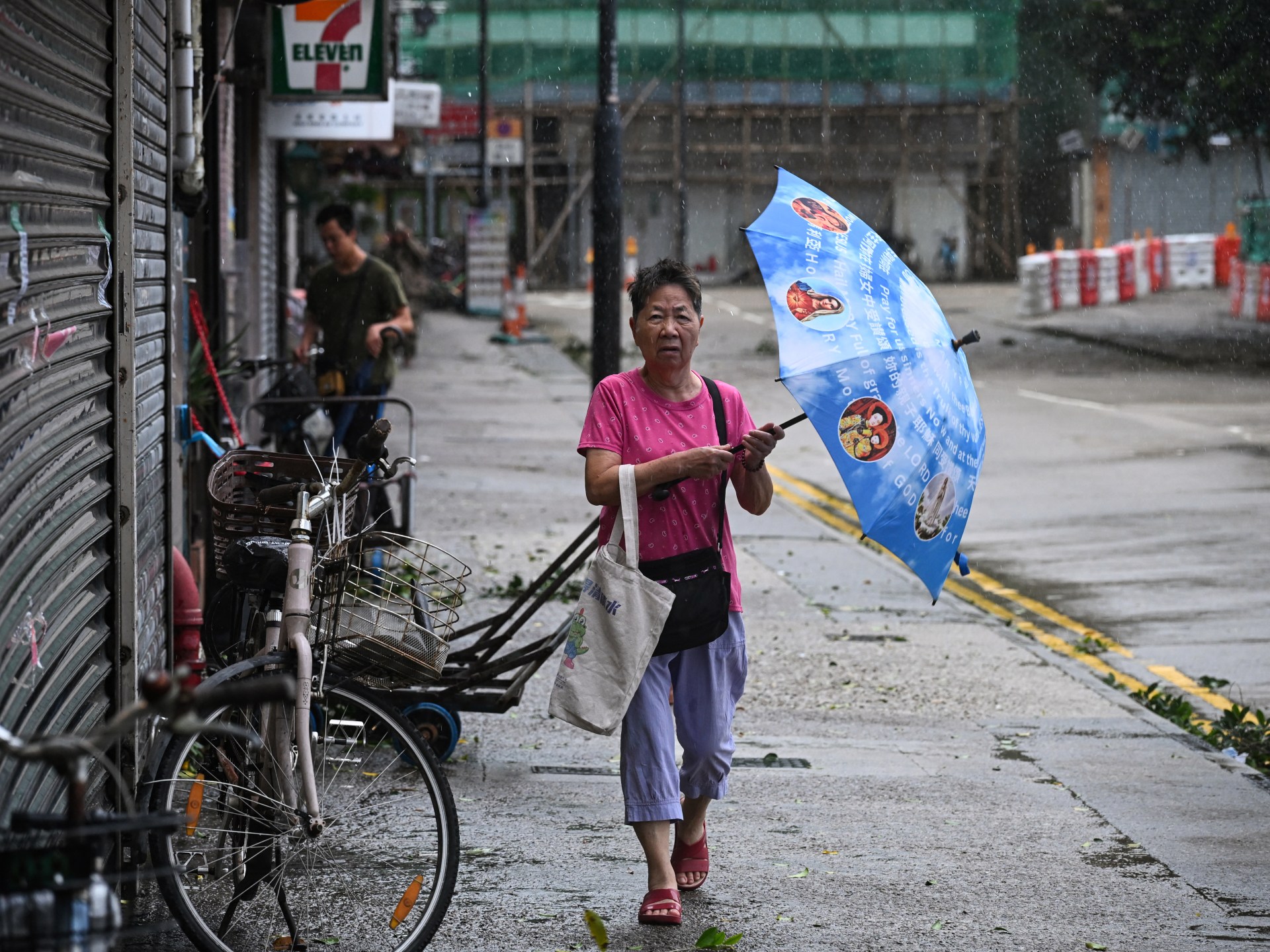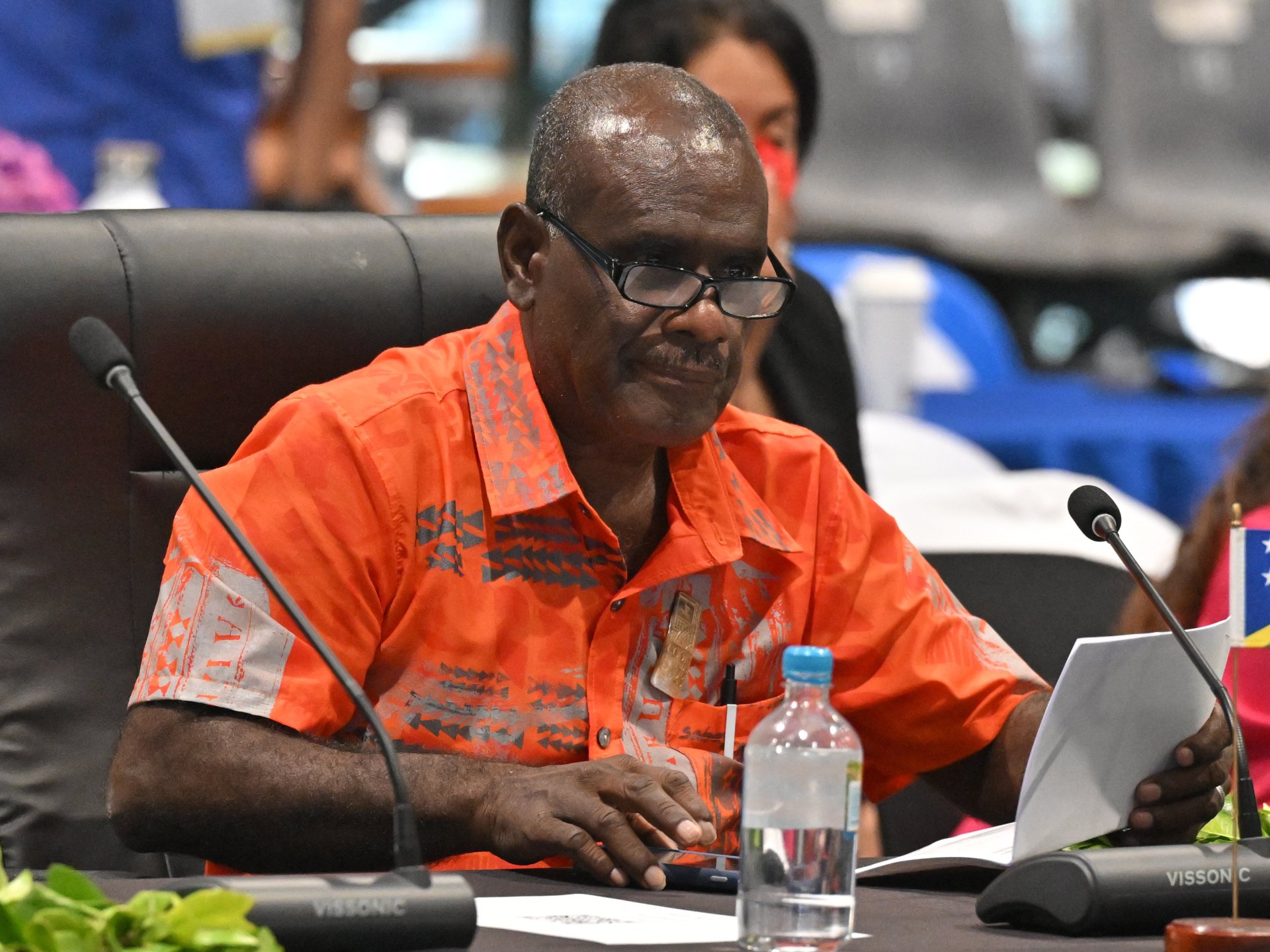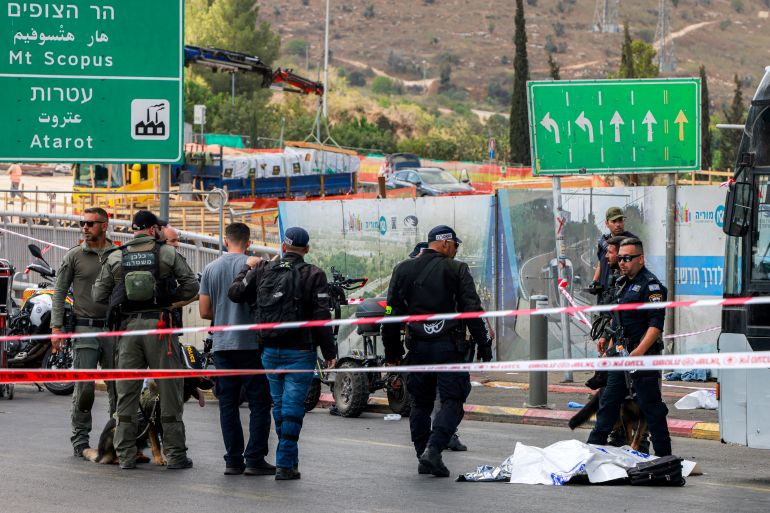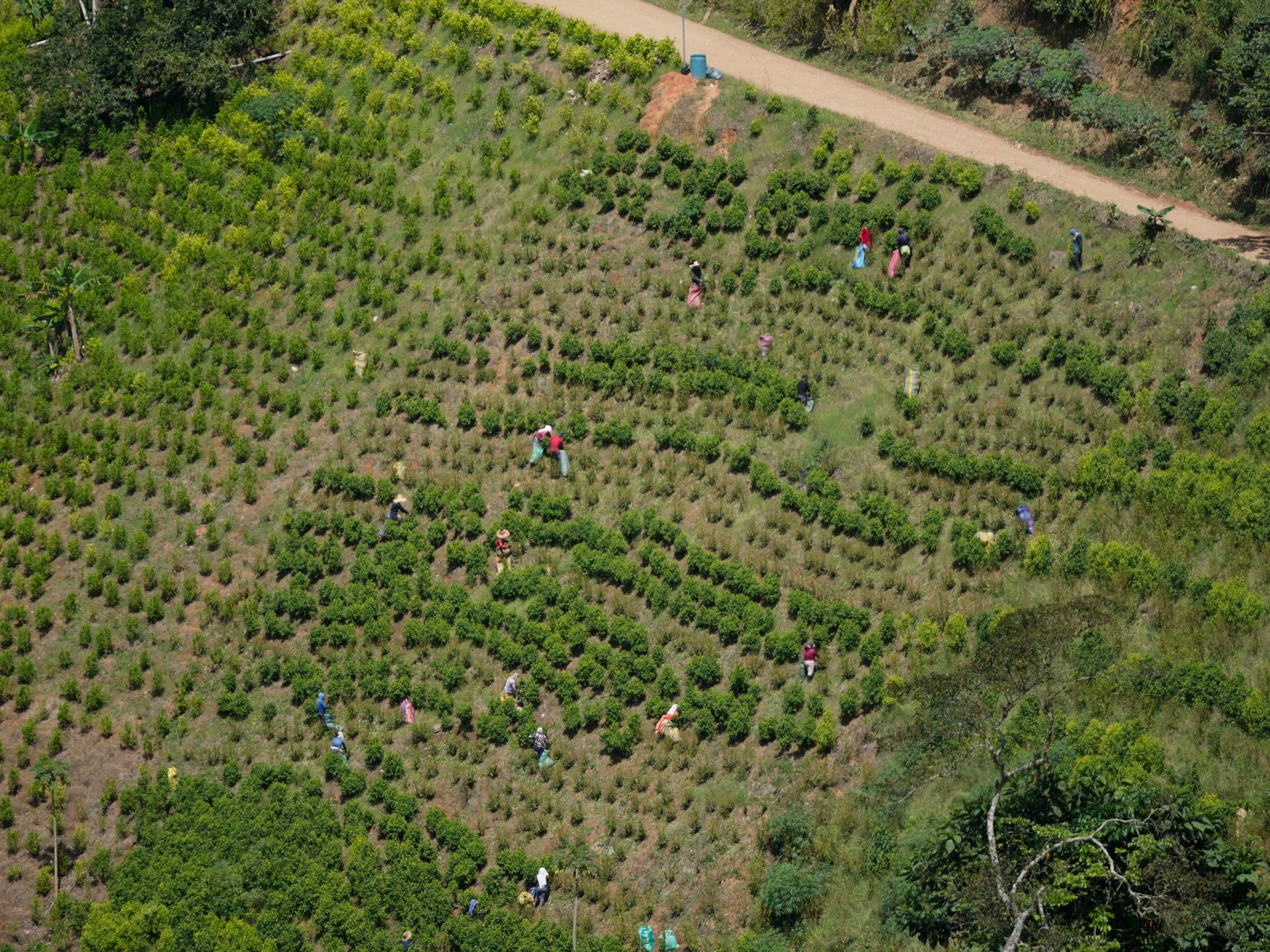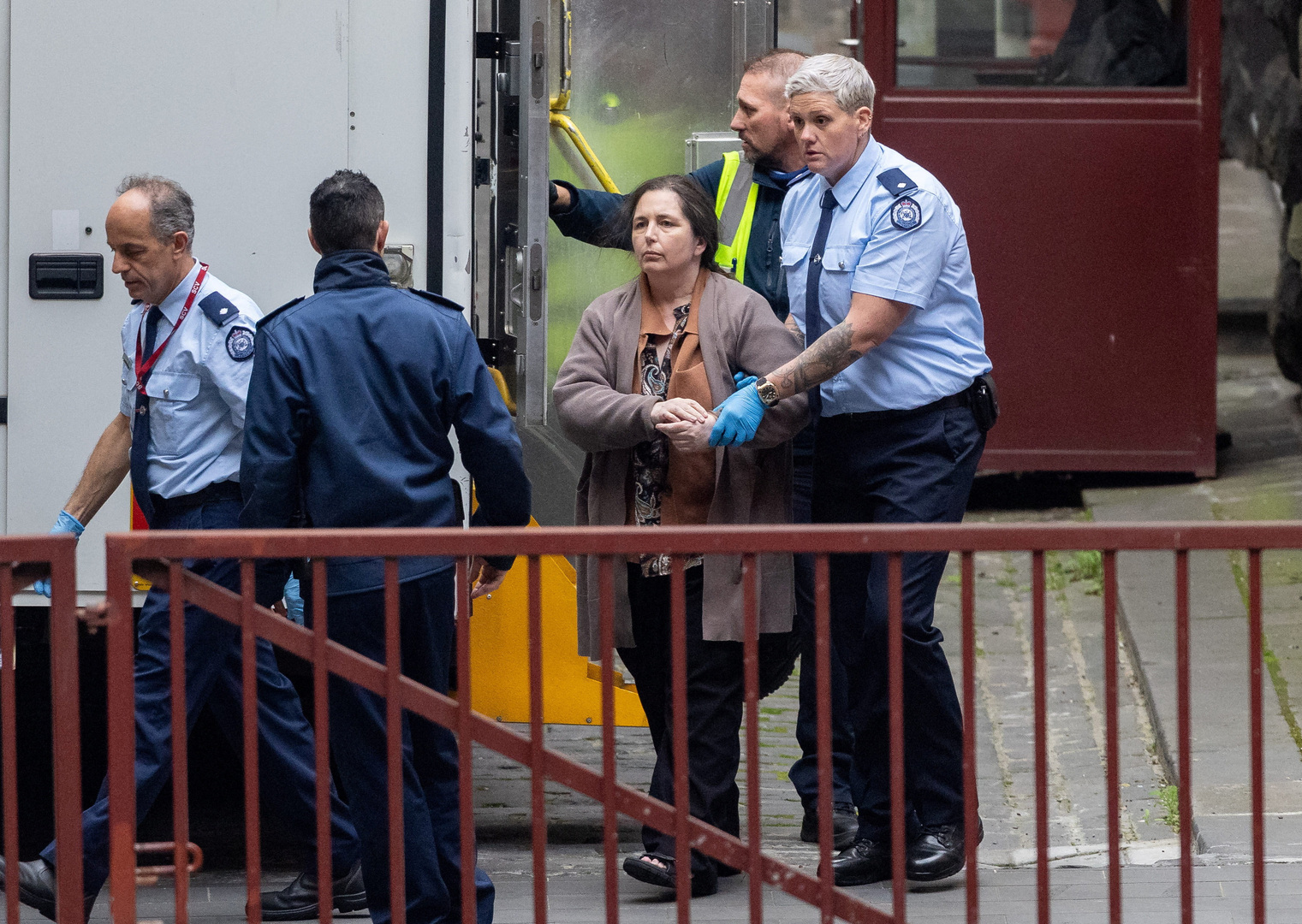Tens of thousands of people have been evacuated as Typhoon Tapah has made landfall in southern China, causing flight disruptions and school closures.
State broadcaster CCTV said the storm made landfall on Monday morning in the city of Taishan in Guangdong province, unleashing powerful winds and torrential rain.
Recommended Stories
list of 2 itemsend of list
The Guangdong Meteorological Bureau raised a yellow alert, the third highest in China’s four-tier warning system, and forecast thunderstorms and gale-force winds.
Authorities said an estimated 60,000 people have been evacuated across southern China before the storm came ashore with maximum winds of 108 kilometres per hour (67 miles per hour).
Guangdong’s Emergency Management Department ordered the suspension of all outdoor activities and closed recreational areas like parks and beaches. Schools were also closed.
Guangdong has been hit by 16 typhoons this year. Tapah is expected to move northwest, gradually losing power until it exits the province.
In Taishan, classes were suspended for 120,000 students at schools and kindergartens across the city as an estimated 41,000 people in Jiangmen were evacuated. Chinese state media reported that 3,300 emergency personnel were on standby in the city.
The southern cities of Jiangmen, Maoming and Zhuhai also raised typhoon warnings and announced school closures.
In Hong Kong, a major regional economic hub, hundreds of flights were cancelled, and travellers were stranded at the airport awaiting information on when flights would continue. Macao, a nearby casino hub, also ordered the closure of its schools, public transport and taxis and reported disruptions to flights.
In the neighbouring city of Yangjiang, just west of Hong Kong, an estimated 1,785 workers were evacuated from 26 offshore wind platforms along with 2,026 people from fish farms.
